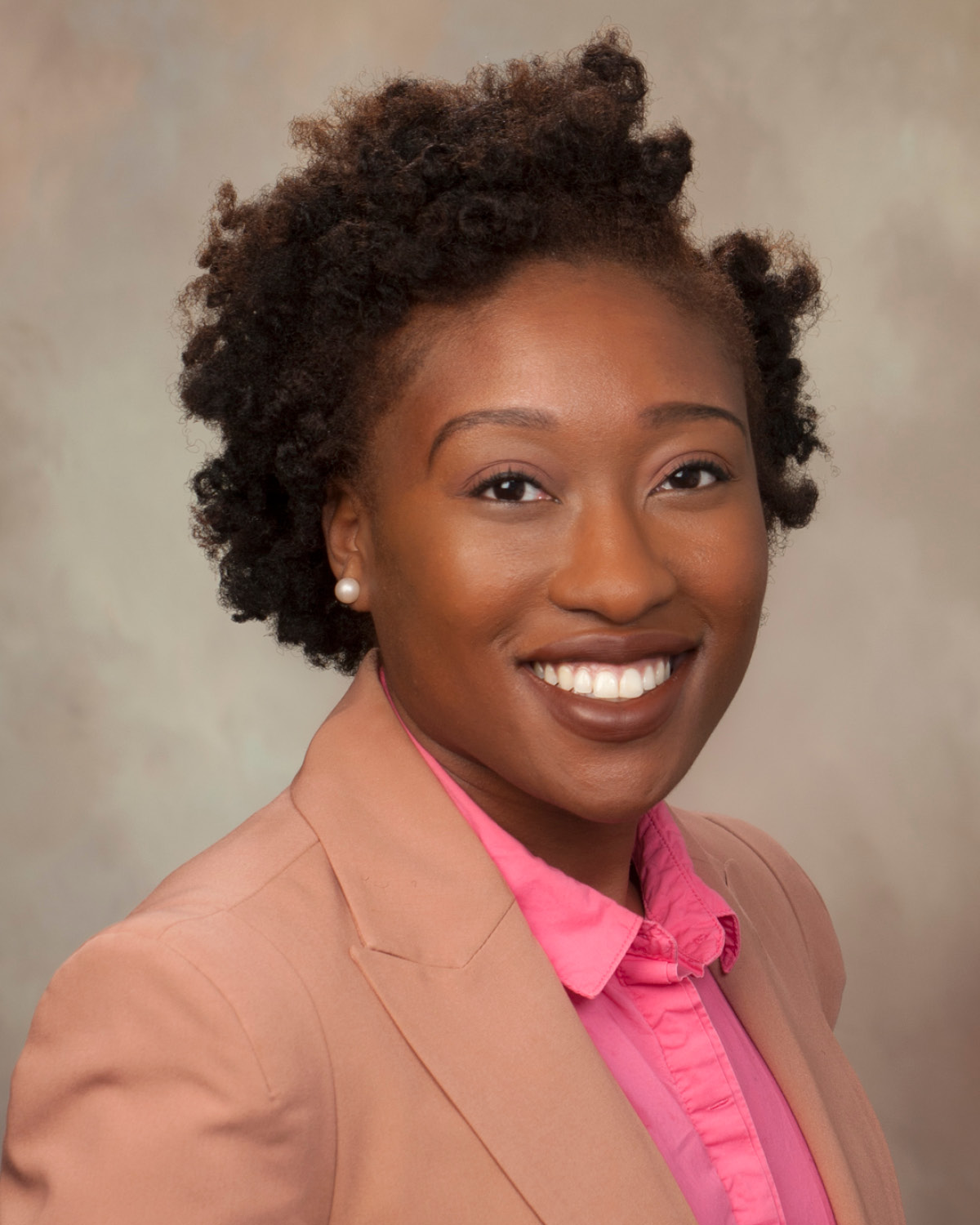New Data Shows Unequal Access to Economic Mobility for Black Women
January 10th, 2024
By Courtney Thomas, Sr. Policy Analyst
The contributions that Black women have made throughout American history and modern society are immeasurable. From organizing in the civil rights movement to playing pivotal roles in voter mobilization turnout in key elections, Black women have long been key drivers in efforts to advance economic and social mobility in this country. However, new research by Goldman Sachs reveals that Black women today continue to face heightened economic insecurity, workplace disparities, and unequal access to wealth.
Goldman Sachs’ report “Money Matters: One Million Black Women Economic Mobility Survey” explores the economic state of Black women in America. The comprehensive national survey of 2,500 U.S. adults reveals widespread disparities among Black women’s annual household income, debt loads, and savings. These poor financial conditions make it increasingly difficult for Black women to support themselves and build generational wealth for their families. According to the report, “40% of Black women in the United States have annual household incomes under $50,000, compared to 24% of U.S. adults who earn the same figure”.1 Furthermore, the survey found that fewer Black women have full-time salaried jobs and are seeking gig work at higher rates than the broader population. Overall, Black women reported less career advancement opportunities, lower rates of employer health insurance coverage, retirement savings plans, and access to paid sick leave. The report also shares that Black women disproportionately face barriers in access to quality, affordable childcare when compared to the general US population”.2
These findings indicate systemic and long-term economic hardship among Black women. For example, single White women with a bachelor’s degree have seven times the wealth of their Black counterparts, $35,000 and $5,000 in median wealth, respectively.3 According to Goldman Sachs, single Black women, have 90% less wealth than single white men.4 Other key findings in the survey show.
- Financial Insecurity: 71%% of Black women feel like they live paycheck to paycheck as compared to 63% of U.S. adults.
- Emergency Savings: 39% of Black women have an emergency savings account as compared to 47% of U.S. adults.
- Student Loan Debt: 64% of Black women with student loan debt owe more than $25,000 as compared to 55% of U.S. adults.
- Capital Access: 39% of Black women do not believe they could get a loan right now without a co-signer as compared to 32% of U.S. adults.
These barriers are more acute in the Deep South where racial discrimination is often more pronounced. For example, an analysis of 2021 Home Mortgage Disclosure Data by the Hope Policy Institute found that Black female borrowers (3.71%) in Mississippi were paying more than half a percentage point higher than White male borrowers (3.19%) on home mortgage interest rates.5 Those with higher interest rates pay more over the life of a loan and have higher monthly mortgage payments. Higher payments result in slower growth for the home’s equity.6
This survey is apart of Goldman Sachs’ One Million Black Women Initiative, which in partnership with Black women-led organizations, financial institutions, and others mission minded corporations, commits $10 billion in direct capital and $100 million in philanthropic capital to address gender and racial biases that have plagued Black women for generations. The initiative, One Million Black Women, is named for and guided by the goal of impacting the lives of at least one million Black women by 2030.
As a Black and women-owned financial institution, HOPE understands the unique challenges that Black women face in accessing capital. We see Goldman Sachs’ data manifest in the lived experiences of our members. In the Deep South, many small business owners turn to predatory lenders to finance the initial startup costs of their businesses. These loans are poorly regulated, have unclear terms and interest rates, and are often impossible to pay back. A Black women borrower came to HOPE to apply for the Power of HOPE Small Business loan when she found herself unable to keep up with the monthly payments on her high interest rate loan. She owned a women’s only fitness gym in Mississippi. HOPE was able to refinance her loans, lower her monthly debts, and provide an additional cash stimulus.
Investing in Black women has the power to transform communities. According to Goldman Sachs, reducing the earnings gap for Black women could raise the US annual GDP by as much as 2.1% each year and has the potential to generate 1.2 to 1.7 million US jobs.7 It’s time we focus on investing in the economic success of black women, because when we invest in Black women, we are investing in our shared social and economic prosperity.
1 Goldman Sachs (2023) “New Survey Data: Black Women in America Continue to Disproportionately Face Economic Hardship.”
2 Ibid.,
3 Khaing Zaw, Jhumpa Bhattacharya, Anne Price, et al. (2017) “Women, Race & Wealth Volume 1,” Cook Center on Social Equity and Insight Center for Community Economic Development. https://socialequity.duke.edu/wp-content/uploads/2019/10/Women-Race-Wealth.pdf
4 Struyven, Daan, Gizelle George, (2021) “Black Womenomics: Investing in the Underinvested.” Goldman Sachs. https://www.goldmansachs.com/intelligence/pages/black-womenomics-f/black-womenomics-report.pdf
5 Miller, Sara. (2023). ” The Wage Gap, Homeownership, and Economic Mobility”. http://hopepolicy.org/blog/the-wage-gap-homeownership-and-economic-mobility/
6 Ibid.,
7 Struyven, Daan, Gizelle George, (2021) “Black Womenomics: Investing in the Underinvested.” Goldman Sachs. https://www.goldmansachs.com/intelligence/pages/black-womenomics-f/black-womenomics-report.pdf






